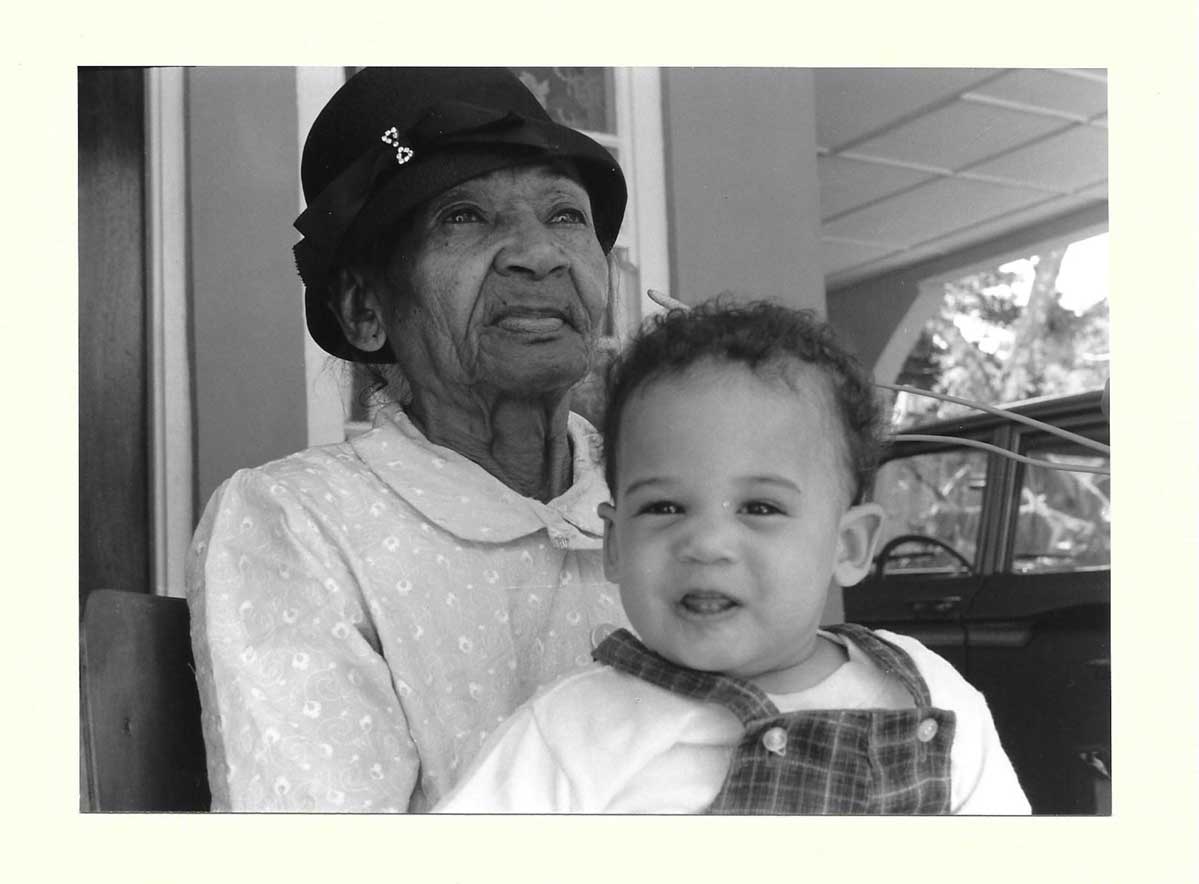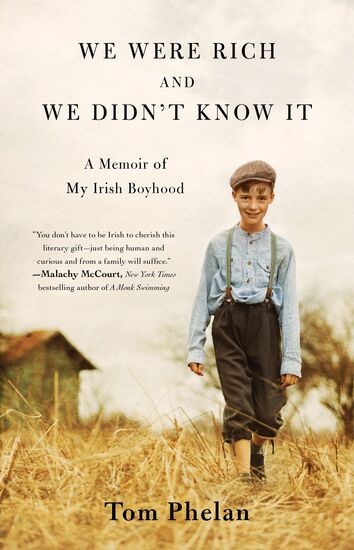The Irish Echo, it seems, was the only publication to point out in 2020 that former Vice President Joseph R. Biden, the Democratic Party’s presidential nominee, and its vice-presidential nominee, Senator Kamala Harris, shared a family name.
Harris, who was to become the first ever female U.S. vice-president in January 2021, said that she and Biden were in terms of their family values “cut from the same cloth,” although she likely didn’t have anything that specific in mind.
The president is the great-grandson of Owen Finegan, who left behind his father John Finegan in County Louth.
In a 2018 essay for a Jamaica publication, the vice-president’s father, Donald Harris, revealed that the two most important women in his life were his maternal grandmother, Ms. Iris – “née Iris Finegan,” adding “ancestry unknown to me” – and his paternal grandmother Miss Chrishy, born Christiana Brown.
Jim McNiff, a Boston-based amateur genealogist and Irish Echo source, begged to differ in the former case – not about the “ancestry unknown” part of it, but the “née.” He suggested that Miss Iris was born Orah Allen and in January 1908 married Patrick A. Finegan, the mixed-raced son of a man from Ireland of the same name.
Dublin-based papers are catching up. Last week, the Irish Independent mentioned our report of four years ago, and the Irish Times has referred to the coincidence of the Finegan names. The Independent report said, a little misleadingly, that “Mr. McNiff’s source for these claims is a series of letters from a Jesuit priest who had visited Jamaica.” It added that while Harris probably had some Irish roots, the theories being advanced were “hard to prove and convoluted.”
However, reports on the subject of the vice-president's roots invariably refer to the possibility that the other grandmother, Miss Chrishy, was descended from County Antrim-born slave-owner Hamilton Brown.
The website of the right-leaning Daily Mail, a British daily which, like its left-leaning counterpart the Guardian, is doing well in the American online media market, ran with the headline: “Kamala Harris' great-great-great-great grandfather was 'notorious' Irish slave owner who bought Jamaican plantation and travelled to London to fight abolition, historian claims.”
This is hardly breaking news.
The vice-president’s father, a retired Stanford University economist, in his 2018 essay states as a fact the connection to Hamilton Brown, who is “on record as plantation and slave owner and founder of Brown’s Town.”
The Irish Times, though, in its piece this month, which cited the research of Stephen McCracken from Northern Ireland, the historian referred to in the Mail headline, said the genealogical line has not been “comprehensively proven.”
And the Independent said, “The fact-checking agency Snopes investigated this claim in 2019 and was unable to confirm its validity.”
As to the other possible connection, could Donald Harris not have heard about a more recent Irish ancestor just a few generations back?
Well, yes, it’s quite possible. Or he might have been told about it as a child and youth and then forgotten the finer details. His essay is focused on two women he knew and their work accomplishments and personalities, and it’s not an attempt to write a family history. He had a particular interest in Jamaica’s role in world sugar production and so folklore about a distant ancestor who might have been a slave-owner fits into that overall story.
Also, while Harris refers to his paternal grandfather, there is no indication that Miss Iris’s named husband is his maternal grandfather. If she married a second and possibly a third time, then the first union, a long-dead husband, is more likely to have been forgotten in the mists of time.
Another reason might be a change in religion and a cultural shift locally.
Conversion was an issue for the Rev. Patrick F.X. Mulry S.J., “a striking figure in the religious history of Jamaica for more than quarter of a century,” as a Fordham newspaper described him upon his death in 1922 -- and so he wasn’t merely a “visitor,” as suggested in the Irish Independent story.
Nor is the Jesuit, as it also claimed, the only source of this story – Jim McNiff has found marriage and death records, for example – but rather his dispatches provide circumstantial supplementary evidence because of his mentions of places he traveled to in the administrative area known as St. Ann Parish in the first decade of the 20th century that are in Donald Harris’s account of his childhood in the 1940s and early ‘50s.
Fr. Mulry, railed against the influence of "independent Baptistry," in particular a certain Dr. Johnson: “His class-houses are scattered here and there throughout the Dry Harbour Mountains like forts of error…”
In one communication back to America in mid-July of 1904 he reported one poorly attended Mass and the fact he didn’t get even a cup of coffee after it. “The road to Carney is so bad,” he wrote, “that I had not the heart to inflict it on the good horses again this afternoon, so I went up in the saddle, and visited the school.”
Mulry continued, “Thanks to a Mrs. Finnegan, I fared better than this morning, for she, knowing of my coming, had sent to the school-room for me two eggs and a pint of fresh milk. God bless her black skin, for she certainly hasn’t a black heart; she is the widow of an Irishman, Pat or Tim Finnegan or something of that kind, and the proud mother of a tribe of brown Finnegans, who in their faith are a credit to her and their father. If their faith had not been extra strong, they would have lost it long ago in the midst of the Johnsonites who infest the neighborhood.”
Two years later, in March 1906, Fr. Mulry wrote of another visit, “Mrs. Finnegan, one of the congregation, looked after the priest, and eggs and milk were supplied with true Finnegan generosity,” he wrote. “She is the widow of Patrick Finnegan, who with her cooperation started an Irish colony in this part of the world. Her color being black, these Dry Harbor Finnegans are not even green but that special shade of dark brown which in Jamaica is designated as Sambo. There were three Patricks at the Mass: the celebrant — a white man at one time — Patrick Walsh, certainly a white man, and Patrick Finnegan, a sambo scion of the aforesaid combination of Irish and African races.”
It would seem in the context that the Irish half of the “combination” was white and not mixed race. Also, it appears from other dispatches, when he used the term “Irishman” the priest meant someone born in Ireland (his own love for the country was “conspicuous at all times,” according to his obituary).
As for the “Irish colony” perhaps a scholar of late 19th century Jamaica could tell us if this had some particular meaning or if Mulry was merely referring to the Finnegans establishing their presence with a large family and a business. (Fr. Mulry, by the way, routinely used a variety of spellings for surnames, like Daily/Daly, and place names, as seen above with Dry Harbor/Harbour and so little should be made of his spelling of Finnegan, which also modified over time in the Biden family story).
Donald Harris remembered his father’s mother Miss Chrishy as a disciplinarian, “reserved and stern in look," but who when she died at age 70 in 1951 left him a bereft teenager. The mother of eight children was a businesswoman and politically a “Labourite,” he added.
Miss Iris, his maternal grandmother died in 1981 at age 93, “was the sweetest and gentlest person one could meet,” but tough inside, a farmer and an educator.
Harris remembered a trip back to Jamaica in 1966, particularly a scene from when the family group had returned from church. He recalled his grandmother Miss Iris “proudly holding in her lap little Kamala.” After giving her “blessings” by making a cross with her finger on the child’s forehead, she confidently predicted future achievements for her great-granddaughter.
Such a gesture seems Catholic in origin; however, her grandson said that Miss Iris “was always ready to go to church on Sunday to preach and teach about the ‘Revelations’ she saw approaching the world at that time (during and after World War II) in accord with the Bible.”
It’s not unreasonable to speculate that as a younger person Miss Iris became a Johnsonite.








